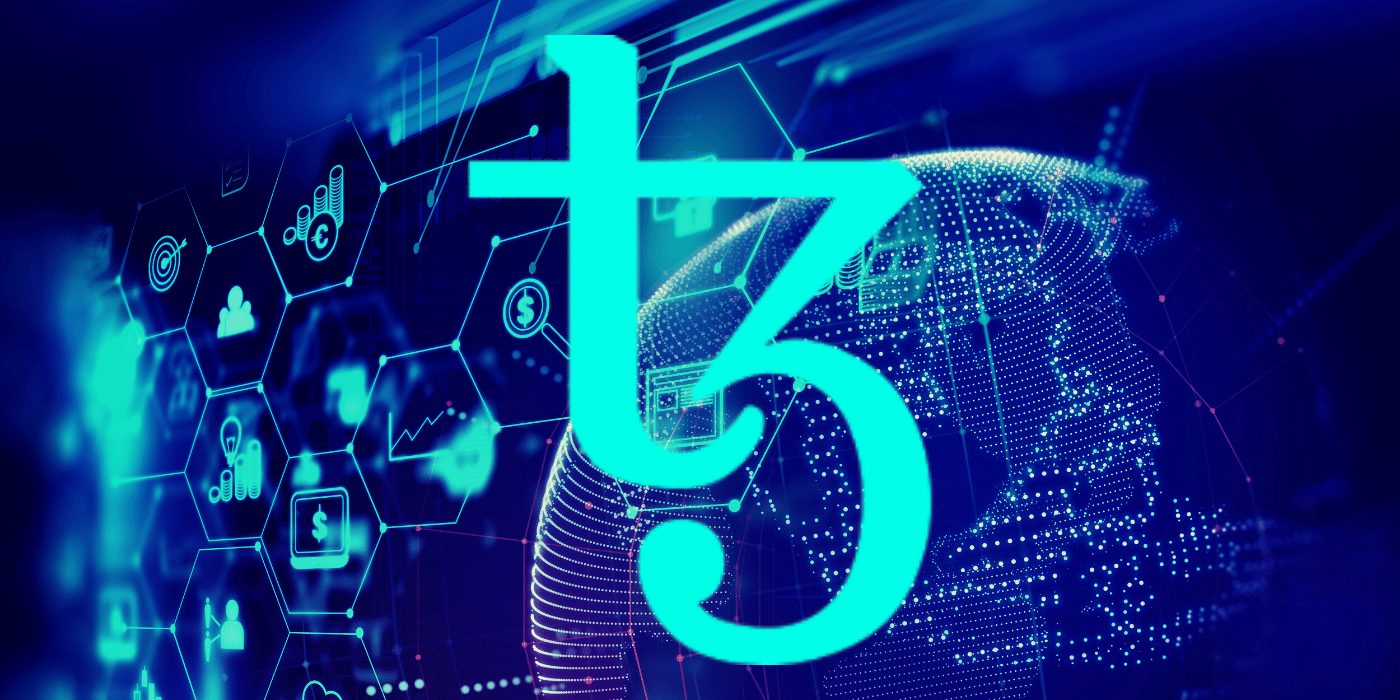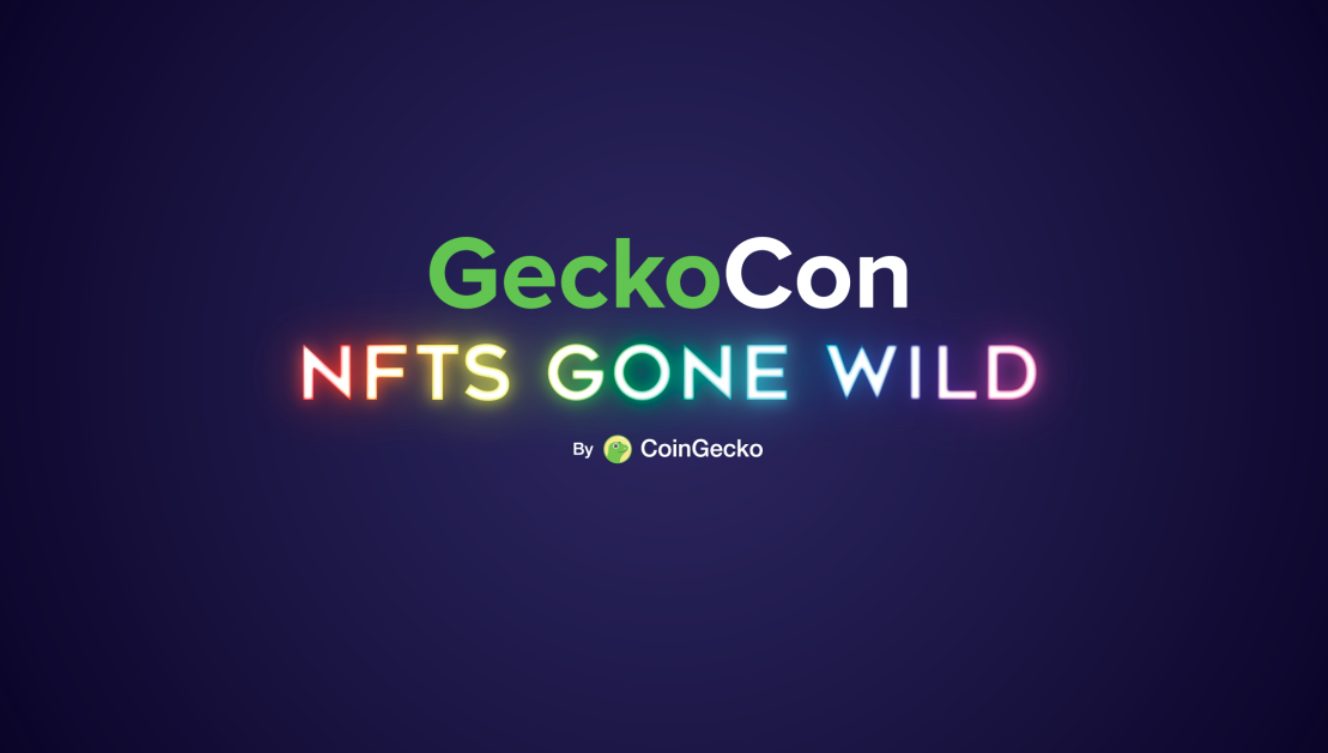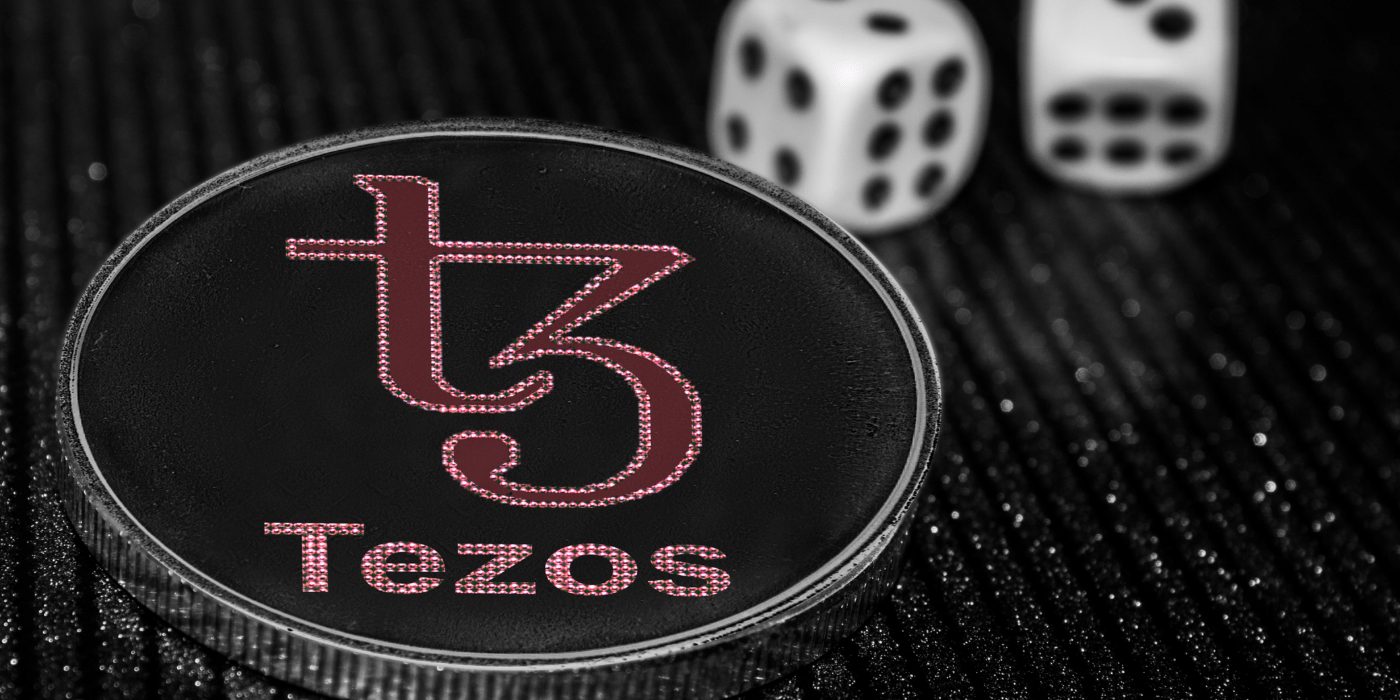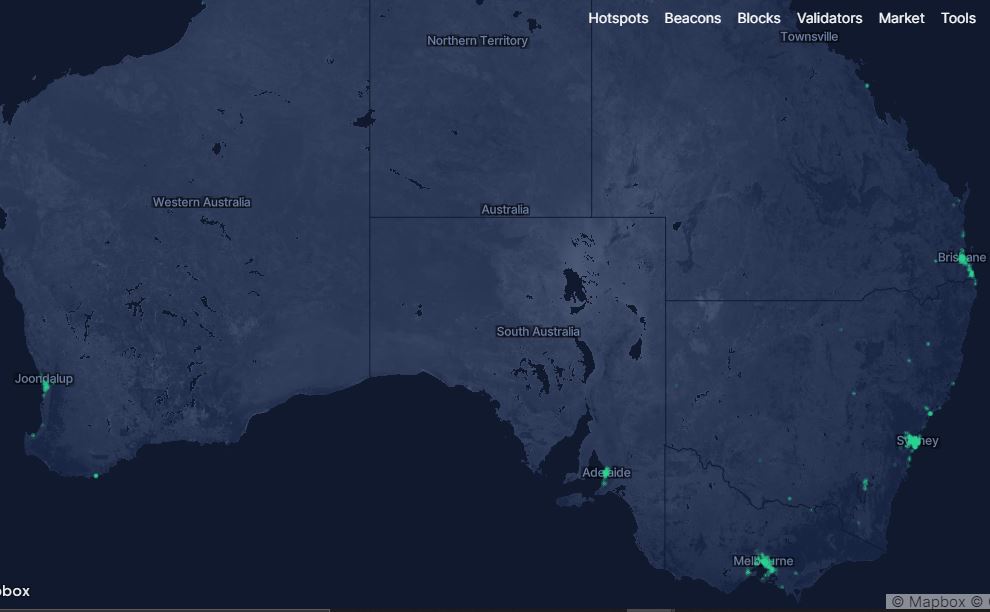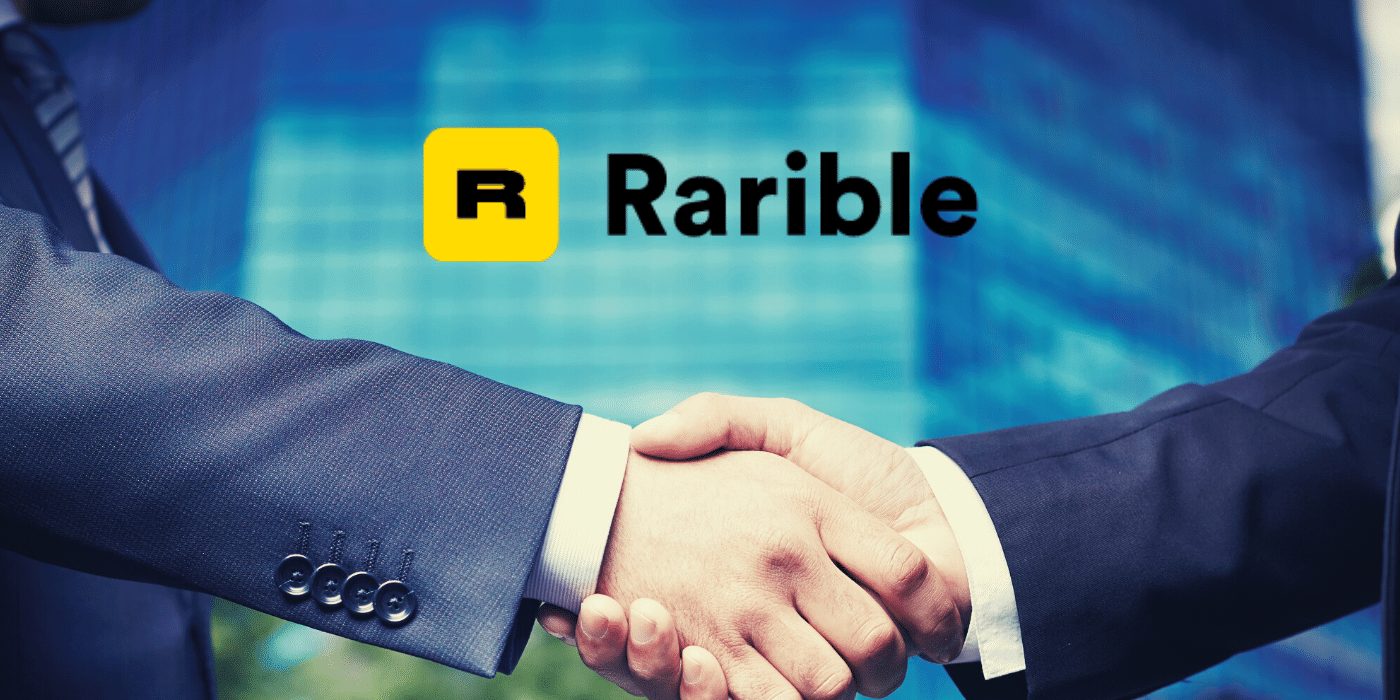Crypto group and decentralised autonomous organisation (DAO) ConstitutionDAO has been outbid in its effort to buy a rare, first-edition copy of the United States Constitution at auction house Sotheby’s, as announced on Twitter. The community had pulled together US$47 million worth of ether (ETH) but was ultimately beaten by Citadel founder Kenneth Griffin.
Wall Street Wins Again
ConstitutionDAO was born less than two weeks ago yet managed to raise over US$47 million from its 17,000 contributors. Griffin, however, won ownership of the historic document after a successful bid of US$43.2 million, a Sotheby’s record. Griffin intends to lend his newly won copy to an Arkansas art museum.
Although the group had come in on a bid of US$41 million, it was unable to beat Griffin’s bid due to hidden expenses such as transport and preservation costs, and a Sotheby’s auction fee of 13.9 percent. Still, the loss has not overshadowed the on-ramping of swaths of people into crypto.
DAOs were recently legally recognised as business entities in the US state of Wyoming. The ConstitutionDAO not only managed to raise an astronomical amount of money in a very short timespan but also took the internet by a meme storm:
But What About the Money?
Although it lost the bid, the question now stands, what happens to the money? Since its inception, ConstitutionDAO has maintained that if it lost the auction, contributors would be refunded if they had so requested. However, many of the donors were new to the Ethereum ecosystem and did not realise the network’s high gas fees meant that nobody would have their full donation returned.
The community announced it would give donors a choice – either receive refunds or remain in the DAO and receive a new “We The People” governance token, or make a decision later. Donors choosing to remain can vote on governance matters in the future.
The Community Stands Together
This is a prime example of what the crypto community can do when it stands together. When popular Tezos-based marketplace Hic et Nunc discontinued its services last week and its founder stepped back, the community banded together to transition the marketplace into a DAO.
As it stands, in Australia DAOs are currently construed as partnerships or unincorporated associations, but The Digital Law association is looking to change that. Despite DAOs gaining traction in Australia, they are not recognised as legal entities as they have been elsewhere.






